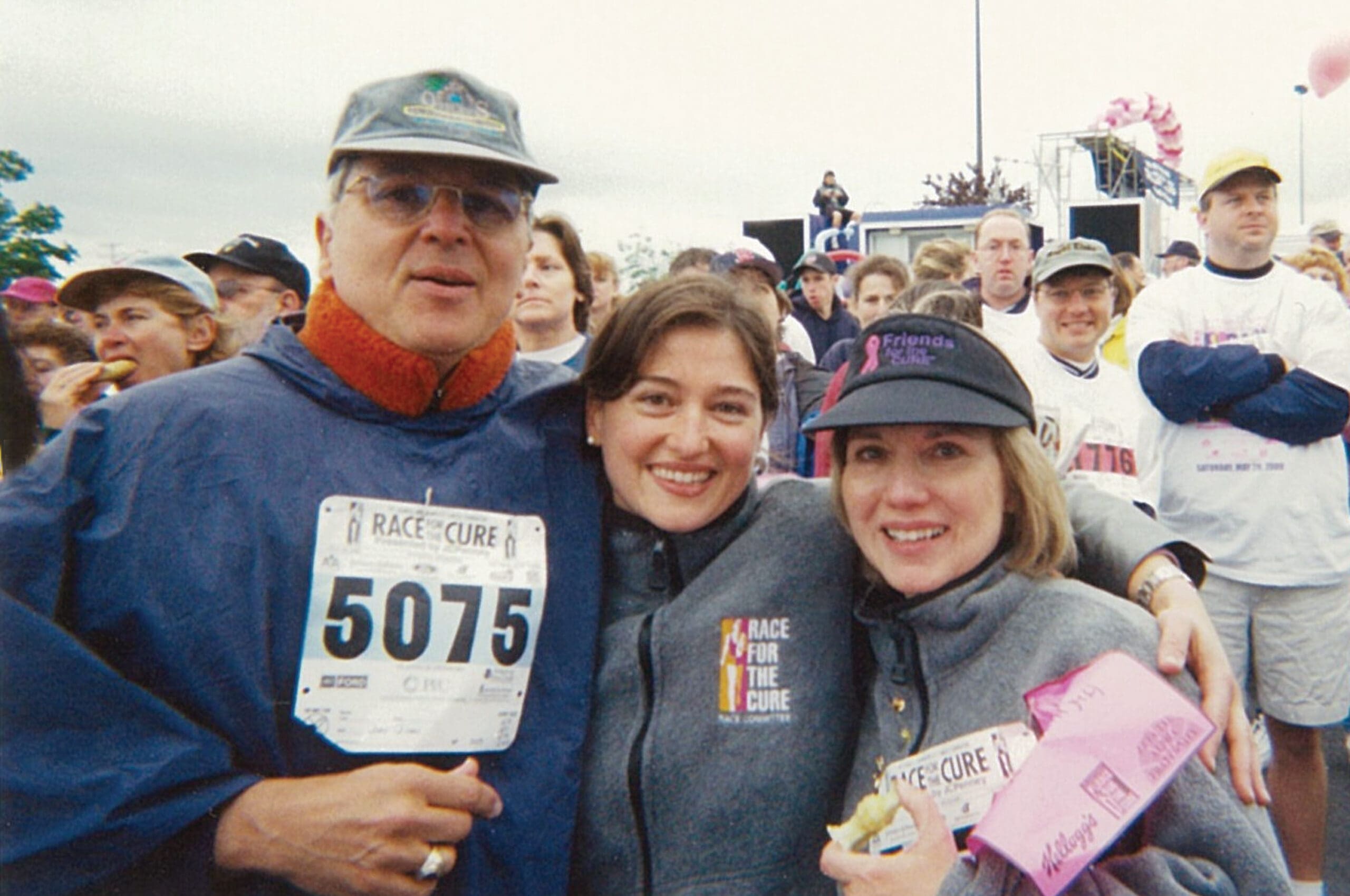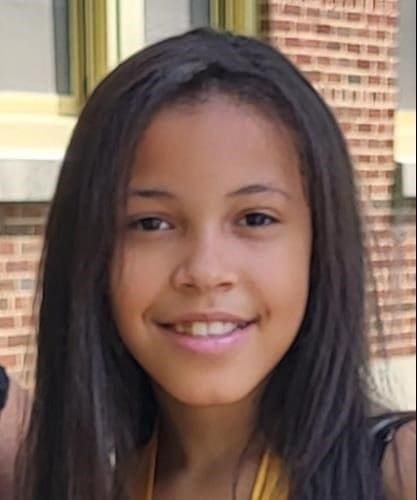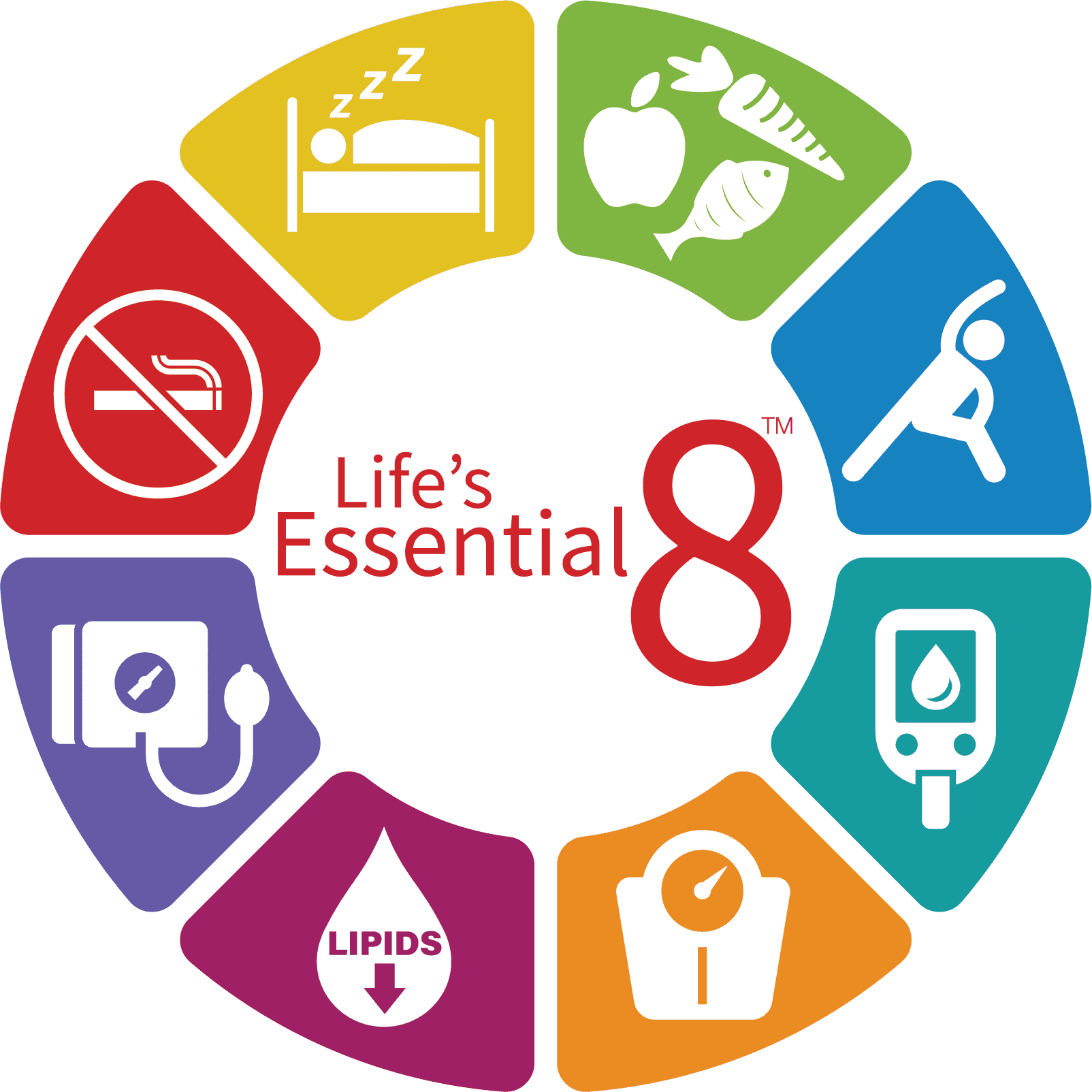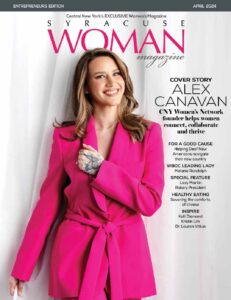By Sharee Turpin
Photos by Maureen Tricase/Capture Your Moments
Jane Tretler was no stranger to strenuous physical activity. An avid swimmer and hiker, she thought her body had no limitations. That changed in September of 2010, when she and her husband Peter Wirth took a 40-mile hiking trip in rugged terrain at Glacier National Park.
A graduate of Clarion State University, Tretler received a degree in elementary education and a master’s in information studies at Simmons College in Boston. Her love for knowledge led her to become a school librarian for over 30 years; a career that would play a vital role in her medical journey.
That same summer of the hiking trip, mowing the lawn now was a challenge.
“You just don’t think about what might really be going on,” she said.
A physical with her primary care physician and an abnormal EKG raised concerns. She was sent to what her doctor believed to be the best cardiologist in Syracuse, Dr. Christopher Nardone, to get further testing.
“I truly believe Dr. Nardone saved my life because during my very first visit he picked up on something going on with me that he knew was very unusual,” Tretler said.
An echocardiogram revealed thickened walls in the left ventricle of her heart. Medically, there were many factors that could have caused this, none of which Tretler had. The signs leaned toward a diagnosis of Cardiac Amyloidosis. Naming it was pivotal.
“I remember being the good librarian that I am, and saying to Dr. Nardone ‘How do you spell it? I want to look it up,’” she said.
Armed with a pamphlet on the rare condition in hand, she and Peter googled four words: “cardiac amyloidosis best doctor.” The search led her to Boston within the next few days. More tests and biopsies confirmed she indeed had Cardiac Amyloidosis.
As it is a progressive illness, Tretler was already experiencing damage to her heart. The disease starts within the bone marrow. Light chains in the bone marrow can have one amino acid on one light chain that starts producing an unwanted protein called a misfolded protein. It gets into the blood stream and gathers around organs; the most common is the heart, as in Tretler’s case.
Before her treatment, which consisted of a stem cell transplant, a hematologist recommended a clinical trial of chemotherapy. With reservations, she worried about time off work and obligations that would prevent her from doing it. It was an option and completely her choice. Her husband, Peter, put things into perspective with a simple question: “What if six weeks of treatment gives you five more years of life?” After thinking about it deeply, she agreed.
The youngest of four children, Tretler’s siblings were all able to take turns and come be with her during her treatment in Boston.
“I don’t want to sugar coat it — it was very difficult on our whole family,” she said. “When someone is diagnosed with a life-threatening disease, it is not just hard on the patient, it’s hard on the whole family.”
She indeed had a few dark moments and feelings of discouragement, but her doctors in Boston reminded her she was now in remission because of her participation in a clinical trial. She had reached what they consider the gold standard. Had she not chosen to follow through with the clinical trial, things could be different. Cardiac Amyloidosis is so complex, if three patients were given the same treatment, one will go into complete remission, one partial remission and one no response at all. Often misdiagnosed, even cardiologists often overlook it. Tretler was overjoyed. She had reached solid remission.
Because of research on her own, Tretler came to realize the importance of clinical trials.
“Clinical trials are important to participate in because research shows that statistically patients who participate in them live longer,” she said. “I am so glad I did that, that put me in solid remission and I’ve never been out of solid remission since then.” She is now going on nine years in remission.
Tretler now spends her time retired but still active. Yoga, Reiki, and plenty of massages and meditation contribute to her daily life. She credits the Boston Medical University Amyloidosis Center of Excellence for helping her get through such a trying time but she wants to make it known there is hope for this disease.
She stressed the importance of education of rare diseases and encourages everyone to be proactive with their health and aware of their own body.
“Eating healthy and exercising was always part of my life and I think that made me a candidate for the treatment,” she said. “I honestly believe that I’m here today because I was in good shape when I got the disease.”
Her zeal in research and educating herself about her condition eventually helped tremendously but still she is a firm believer in paying attention to your body.
“As a woman, if something is seeming strange it might be strange,” she said. “As I look back, I wish I had gotten to my primary care [doctor] sooner than I did.”
From physicians and the medical teams she spent time with, to the family members who held her hand, and employers and colleagues that supported her throughout this journey, she is forever grateful. But the fight she had inside came from her faith and refusal to watch life fade.
“Nothing compares to the fact that I was able to see our daughter Reena graduate from high school,” she says. “To see her become a young woman. That’s why all of us want to be alive — for the special moments.”





